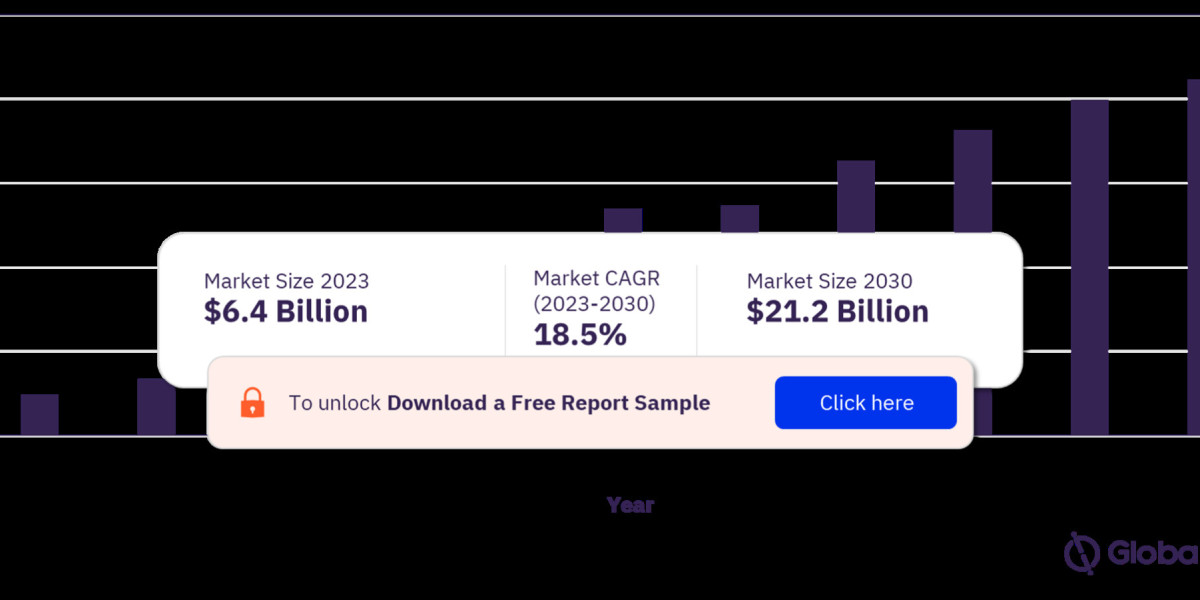Introduction
The electric vehicle (EV) market has been experiencing rapid growth in recent years, driven by factors such as government incentives, advancements in battery technology, and increasing environmental concerns. As the number of EVs on the road continues to rise, the demand for adequate charging infrastructure becomes increasingly critical. This article explores the key trends, challenges, and opportunities shaping the EV charging infrastructure market.
Key Trends in the EV Charging Infrastructure Market
- Rapid Growth: The global EV charging infrastructure market is expanding at a significant pace, driven by the increasing adoption of EVs.
- Government Initiatives: Governments worldwide are investing heavily in EV charging infrastructure to promote the transition to electric vehicles and reduce carbon emissions.
- Private Sector Investment: Companies in the automotive, energy, and technology sectors are investing in EV charging infrastructure to capitalize on the growing market.
- Technological Advancements: Advances in charging technology, such as faster charging speeds and smart grid integration, are improving the user experience and efficiency of EV charging.
- International Cooperation: Countries are collaborating to develop international standards and guidelines for EV charging infrastructure to facilitate cross-border travel and trade.
Challenges Facing the EV Charging Infrastructure Market
- Initial Investment: The upfront costs of installing and maintaining EV charging infrastructure can be significant, limiting the expansion of charging networks.
- Grid Capacity: The increasing number of EVs can strain the existing electrical grid, requiring investments in grid upgrades and reinforcements.
- Geographic Disparity: The availability of charging infrastructure varies widely across different regions, with some areas having limited access to charging stations.
- Range Anxiety: Consumers may be hesitant to adopt EVs due to concerns about range anxiety, or the fear of running out of charge before reaching a charging station.
- Interoperability: Ensuring compatibility between different charging standards and networks can be a challenge.
Opportunities for Growth in the EV Charging Infrastructure Market
- Government Incentives: Governments can provide incentives, such as tax credits or subsidies, to encourage the development of EV charging infrastructure.
- Public-Private Partnerships: Collaborations between governments, utilities, and private companies can accelerate the deployment of charging infrastructure.
- Technological Advancements: Continued advancements in charging technology, such as wireless charging and ultra-fast charging, can improve the user experience and address range anxiety.
- Integration with Smart Grids: Integrating EV charging infrastructure with smart grids can optimize energy use and reduce peak demand.
- International Cooperation: Developing international standards and guidelines for EV charging infrastructure can facilitate cross-border travel and trade.
Key Players in the EV Charging Infrastructure Market
- Automotive Manufacturers: Major automakers are investing in EV charging infrastructure to support their growing EV fleets.
- Energy Companies: Utilities and energy companies are expanding their EV charging networks to capitalize on the growing market.
- Charging Infrastructure Providers: Specialized companies are focusing solely on the development and operation of EV charging networks.
- Technology Companies: Technology companies are providing solutions for EV charging infrastructure management, payment systems, and data analytics.
Future Trends in the EV Charging Infrastructure Market
- Wireless Charging: Wireless charging technology is expected to become more prevalent, offering a convenient and seamless charging experience.
- Integration with Smart Cities: EV charging infrastructure will be integrated into smart city initiatives to optimize energy use and improve urban mobility.
- Subscription-Based Charging: Subscription-based models for EV charging can provide predictable costs and access to charging networks.
- Microgrids: The development of microgrids, local energy grids that can operate independently from the main grid, will support the integration of renewable energy sources and EV charging.
- Autonomous Charging: Advances in autonomous driving technology may enable autonomous vehicles to find and connect to charging stations without human intervention.
Conclusion
The EV charging infrastructure market is a rapidly evolving landscape, driven by the increasing adoption of electric vehicles and the growing need for supporting infrastructure. By addressing the challenges and capitalizing on the opportunities presented by this market, governments, businesses, and technology providers can play a crucial role in accelerating the transition to a more sustainable and electrified transportation future.
Buy the Full Report for Additional Insights on the Electric Vehicle Charging Infrastructure Market Forecast, Download a Free Report Sample








